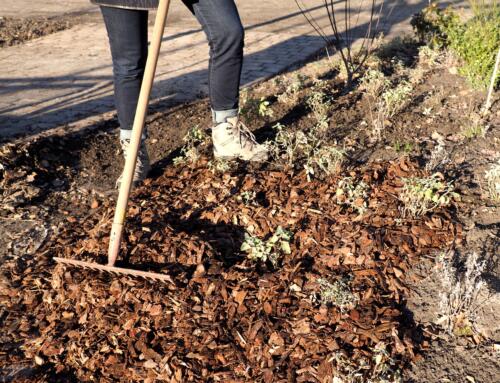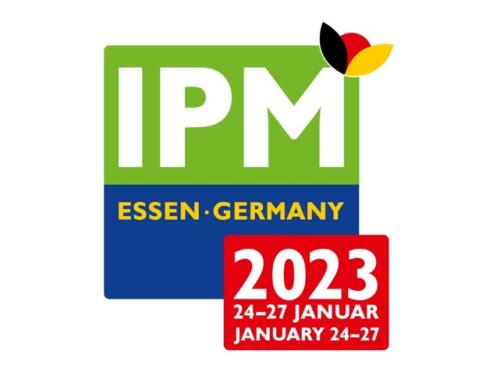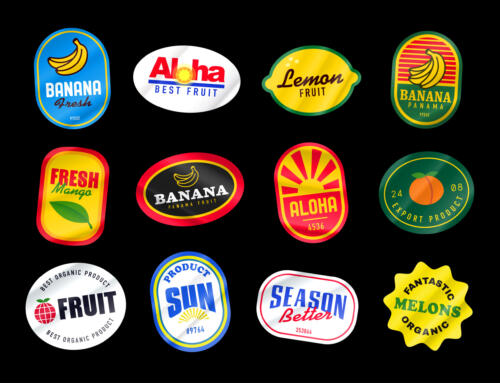Compost – the gardener’s black gold
It is fine-grained with a deep blackish brown colour and sends gardeners into rapture – compost. For centuries, the “black gold” has proven to be an excellent natural fertiliser and soil improver. Its abundance of positive properties makes it an important material in many planting substrates. The trend towards peat-reduced and peat-free substrates has led to an increase in demand. In a mix with low-nutrient components such as wood fibre, compost has long established itself as a major peat substitute.
There are sometimes huge differences in compost quality, as there are in the quality of many other raw materials. This is why Gütegemeinschaft Substrate für Pflanzen e.V. (GGS) recommends that both professional and hobby gardeners look for the RAL quality mark when shopping for substrates that contain compost.
Controlled quality
Soil operations only use high-quality substrate compost to make substrates for planting that carry the RAL quality mark. The mark identifies the product’s consistent level of top quality. The substrate compost, which is fully mature and usually made exclusively from green waste, must meet extensive quality requirements. For example, its salt content may not exceed a defined level, it may not contain germinable weed seeds and it cannot have more than a strictly defined minimal amount of impurities.
However, these factors alone are still not enough to make a good substrate for planting. The higher the proportion of compost in a substrate for planting, the more instinctive feel is needed to find the substrate structure and nutrient balances that are ideal for plant growth. This is why soil operations submit their best products to yet another inspection according to RAL criteria, even if the compost that was used as an input material was already quality-certified.
Quality-certified soil mixes for optimal plant growth
Substrates for planting that carry the RAL quality mark are only allowed minimal deviations in pH value and nutrient content and must be proven to be free from seed weeds and plant-damaging substances. Approved independent labs continuously control the substrate properties, thus ensuring that the substrate quality is always consistent at a high level and plant tolerance is optimal at all times.
Compost is not substrate for planting!
The “black gold” has so many positive properties that its easy to imagine it would be good to fill pots and planters with compost instead of a substrate for planting. However, Gütegemeinschaft Substrate für Pflanzen e.V. (GGS) strongly advises against doing so, because the compost’s nutrient content is much too high for most plants.
Compost – the gardener’s black gold
Overfertilised plants develop a soft and spongy tissue that makes them more vulnerable to pests and diseases. Moreover paradoxically, a surplus of nutrients in the soil can lead to deficiency symptoms in the plants. For example, if the level of phosphorous is too high, iron is fixated in the ground and is no longer available to the plants. On the other hand, a high level of potassium prevents plants from taking up sufficient amounts of magnesium.
The pH value of standard compost is generally too high for ericaceous plants such as hydrangeas, blueberries, azaleas and rhododendrons. These types of plants thrive best in quality-certified special-purpose substrates with a low pH value and are ideally fed with an acidic fertiliser.






